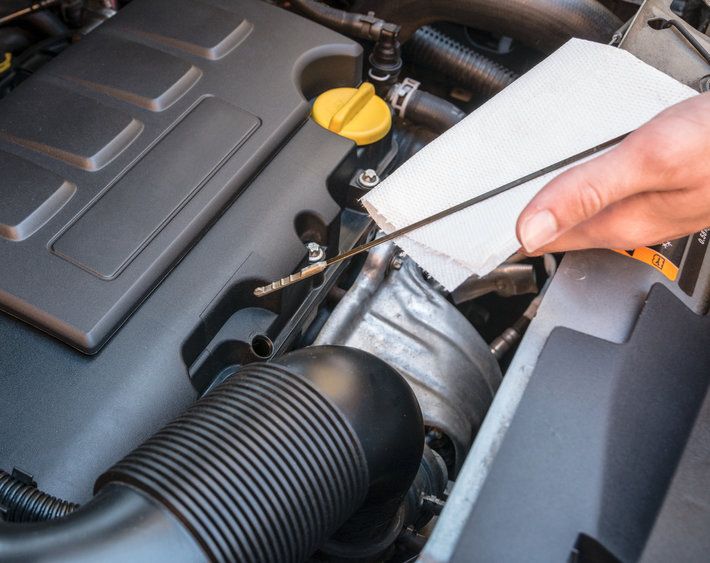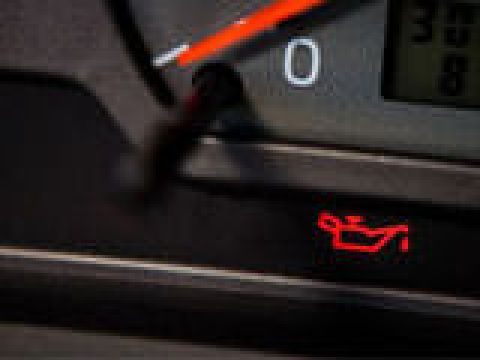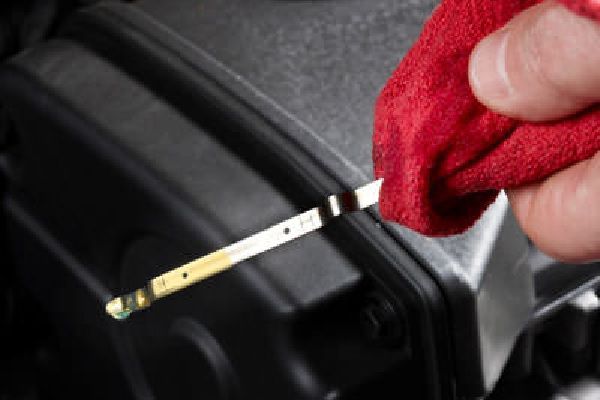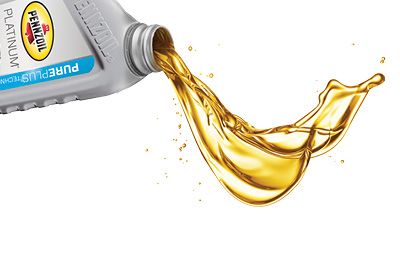It’s easy to shrug off an oil stain in your driveway as a minor cosmetic blemish, but what starts out as a little "automotive incontinence" can quickly lead to bigger problems, including (gasp!) irreversible damage to your engine. But how do you know what type of fluid is leaking from your car and what do you do about it?
Read on to learn why you should take the time to identify your leak, especially one related to your engine oil, and get tips for what to do when your drips become more than just droplets!
Why should I bother identifying an oil leak?
A teaspoon of oil helps the pistons go down. Yup. Engine oil lubricates the pistons in your engine, ensuring that they glide smoothly within their housing. Without proper lubrication, the pistons will grind against other parts of the engine, generating enormous amounts of heat, i.e. friction.
If your engine runs out of oil (because of a leak) the heat generated by the un-lubricated pistons can cause the pieces of your engine to grind together and seize up, causing your engine to stall, writes CarsDirect.
Taking a few minutes to identify the source of your leak could mean the difference between something as major as a damaged engine, or something as minor as an empty reservoir of windshield wiper fluid.
How do I find my oil leak?
Step 1: Investigate the leak. Is it even oil?
If you notice spotting in your parking place, it’s time to do some investigating. First, lay down newspaper or a white plastic plate and try to catch some of the drips. Engine oil is an amber color, feels thin and slippery, and has a strong chemical odor, which is what you should look for if you suspect an oil leak.
However, older engine oil can be dark brown to black, with a gritty or gunky texture. (Please note, this is not the ideal state for your oil. Clean engine oil is crucial to the health of your car. Dirty oil is a sure sign that you need to schedule an oil change.)
If the fluid is green, bright orange, or pink and feels sticky, then you may have an antifreeze leak. Not sticky but still one of these colors? Then it's probably windshield washer fluid, which isn't a major deal unless you plan on driving through a Saharan dust storm sometime soon. Clear or yellowish fluid? Brake fluid.
Pro Tip: While antifreeze is extremely toxic, it has a sweet smell and taste that makes it attractive to many pets. If you suspect an antifreeze leak, do Felix and Fido a favor and get it fixed ASAP. Hose down the driveway or garage floor too!
Step 2: Check your fluid levels, across the board.
Next, start checking various fluid levels. Check your oil level by inspecting the dipstick (it often has a red or orange plastic tab on it, under the hood).
- If you have low oil and you're pretty sure you're seeing engine oil drips on your driveway (Remember: look for amber fluid that's slippery and smells like chemicals), then a leak is likely.
- If the oil looked more reddish, check the power steering reservoir. Does that fluid need to be topped off?
Step 3: Track down the source.
Discovering the source of an oil leak takes a bit of detective work that’s probably best left up to the professionals. However, common sources of leaking engine oil are a damaged oil pan, an old oil filter, or a worn out gasket somewhere on the engine, says Car and Driver Magazine. If you feel like getting a little dirty and donning a trench coat and Sherlock Holmes-esque cap, here are a few tips for tracking down the source of the oil leak:
- Turn the engine off and shine a bright light into the engine area. Is oil pretty much everywhere? Could be a slow leak related to the engine's gaskets.
- Now turn the engine on. If oil starts wildly spraying like a little kid with a hose on the Fourth of July, then oil is probably seeping past a worn crankshaft or seal. This type of leak will only be apparent when the engine is running though, writes Popular Mechanics.
Step 4: Visit a motor oil expert.
Luckily, a full service oil change from Firestone Complete Auto Care includes a 19-point inspection (to look for any leaking components) an oil filter change, and a top off on all your car’s vital fluids. Yup, even windshield wiper fluid. Regular, full-service oil changes from Firestone Complete Auto Care are one of the best ways to stay on top of your car's fluid and engine health.
Find your nearest Firestone Complete Auto Care location today and schedule your full-service oil change or oil repair service today! Our technicians may not wear trench coats or caps like Sherlock Holmes, but you can bet they're super sleuths when it comes to oil leaks and repairs.



